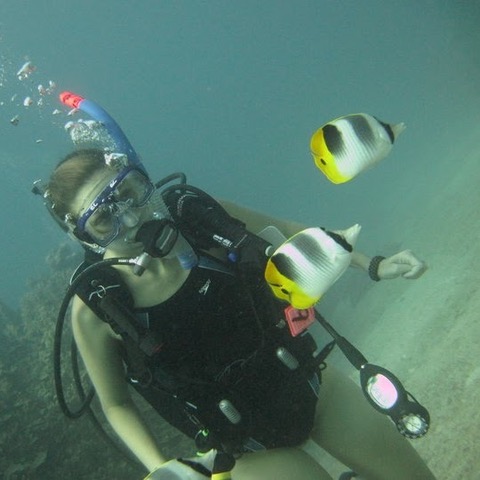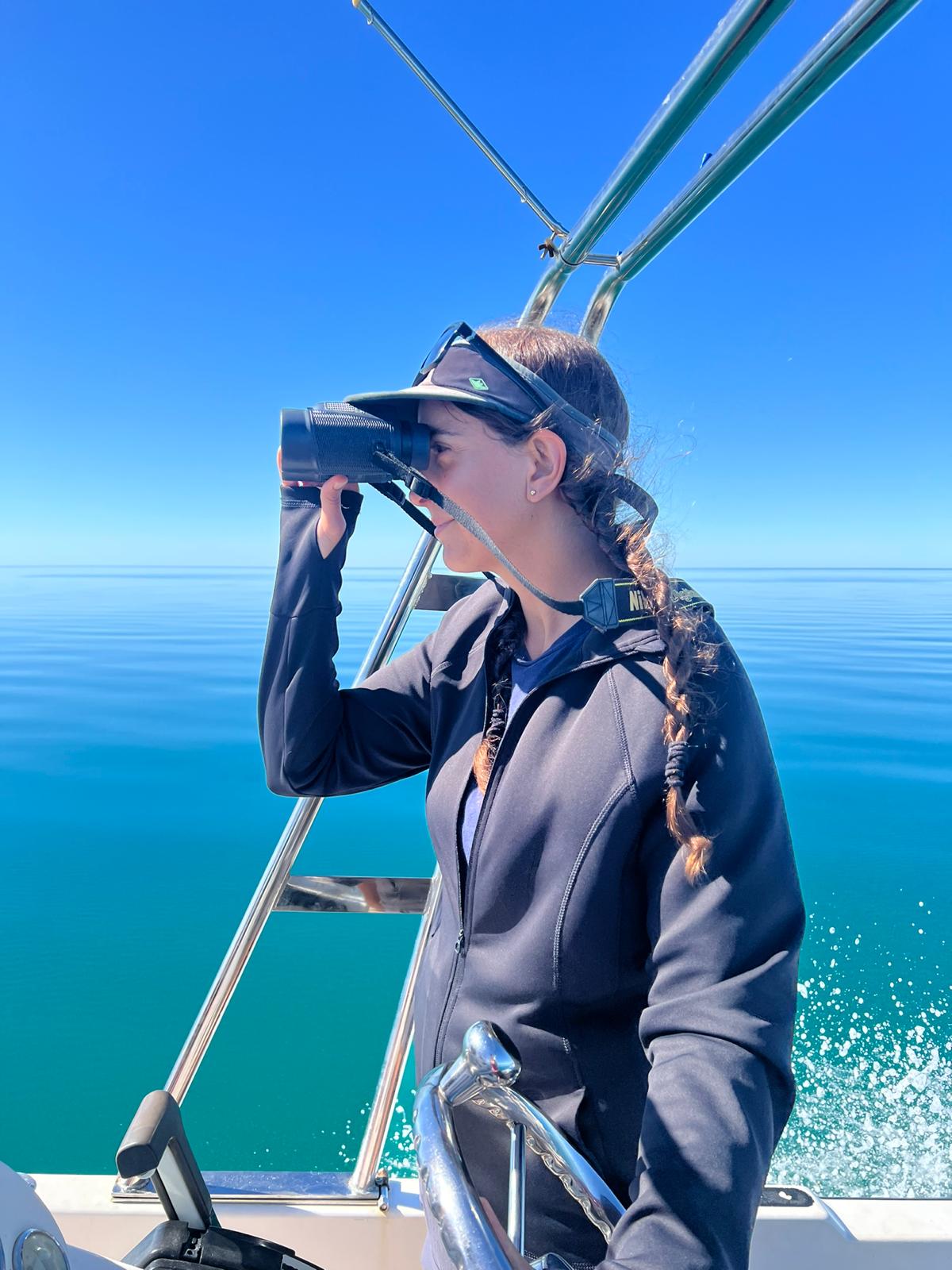Cleaner shrimp are small tropical crustaceans that forage by removing ectoparasites and dead skin from visiting reef fish, called “clients." Although many client species eat crustaceans, cleaner shrimp are rarely eaten during cleaning interactions. How do cleaners manage to forage on the bodies of potential predators? In other words, how do cleaners recognize clients as beneficial partners, and decide to clean? In this talk, I discuss evidence supporting the hypothesis that cooperation between cleaners and clients is mediated by visual signals. I first discuss cleaner shrimp visual capabilities, and then apply those measures of visual capability to in situ interactions between cleaner shrimp and client fish in two cleaner species—the Caribbean Ancylomenes pedersoni and the Indo-Pacific Lysmata amboinensis—to examine how they may appear to their mutualistic partners. Network analysis approaches show that certain cleaner and client behaviors function as visual signals. In A. pedersoni, we found that signaling by both parties, but primarily the cleaner, is necessary to initiate cleaning. In L. amboinensis, we found that cleaners adjust their signaling and cleaning behaviors when interacting with predatory versus non-predatory clients, in a way that minimizes potential risks. Despite being in different families and living in distinct parts of the globe, both species possess conspicuous white antennae that play a role in signaling. In both species, the antennae broadly reflect 40-65% of light, and scanning electron microscopy revealed the antennae have a layer of densely packed nanoparticles 300-400nm in diameter. Optical modeling showed that the nanoparticle layers are well sized to increase reflectance, enhancing the brightness of these important signaling structures. Thus, evidence suggests that cleaners may have converged on the same signal form to convey their identity as beneficial partners, rather than prey. I briefly touch on future work on this system, which is poised to become a model for studies of the evolution and dynamics of interspecific signaling.

Resource competition among conspecifics is a central selective pressure shaping the evolutionary costs and benefits of social interactions. For highly social cetaceans, the marine environment has few clumped, monopolizable foraging resources, reducing the roles of social hierarchies and intergroup conflict over food as drivers of social relationships relative to terrestrial social mammals. Nevertheless, resource competition continues to influence social relationships, which in turn can produce variation in individual foraging behavior. In a long-term study of bottlenose dolphins, I examine how individuals come to exhibit a wide-variety of foraging specializations within a population, including how they are acquired and developed through social learning, and maintained through maternal effects. I discuss how foraging specializations such as tool use can feedback into social relationships to create cultural phenomena, and how degree of specialization, mechanism of inheritance, and life history can interact to shape how foraging plasticity exhibits in changing environments.
